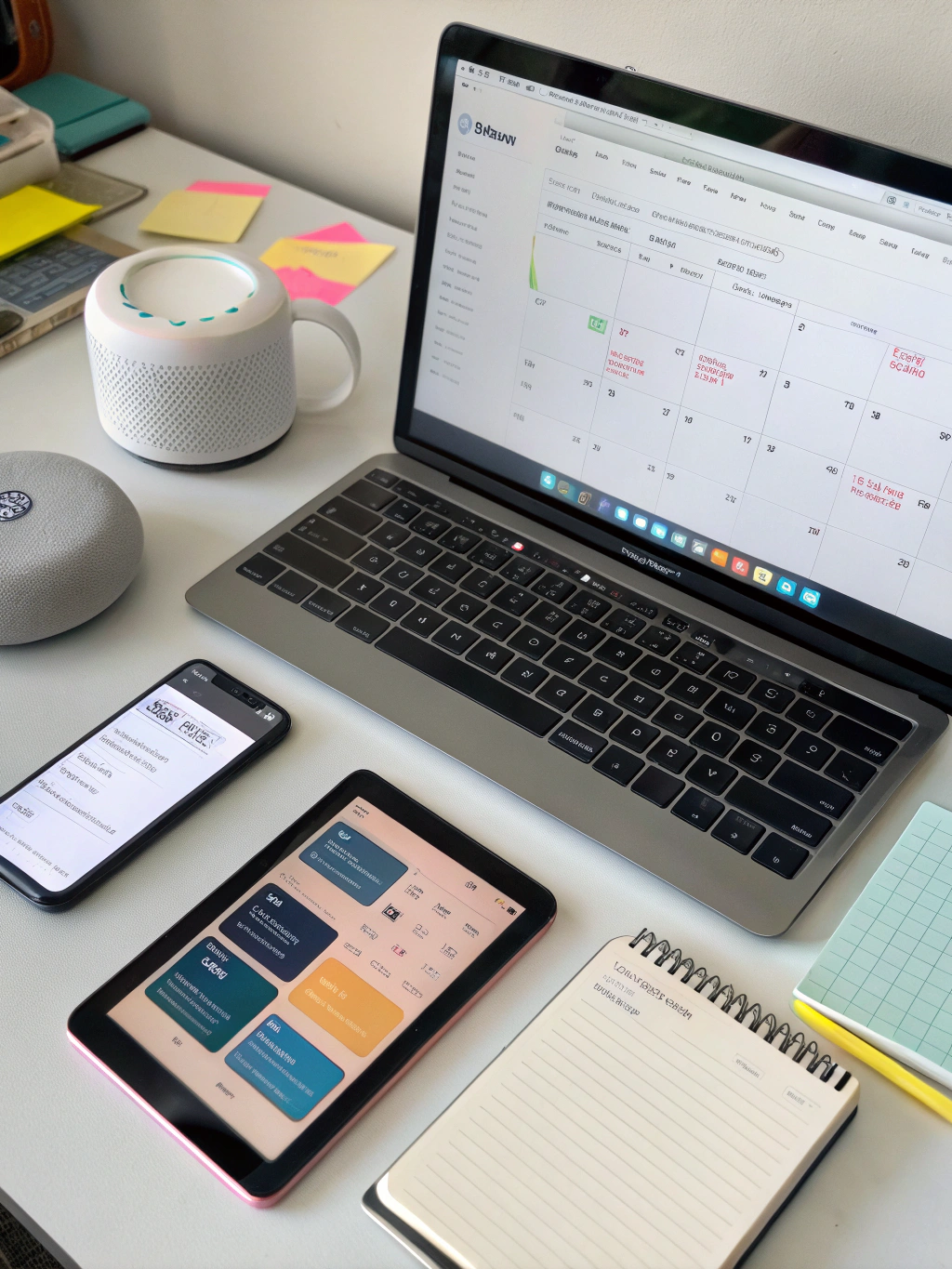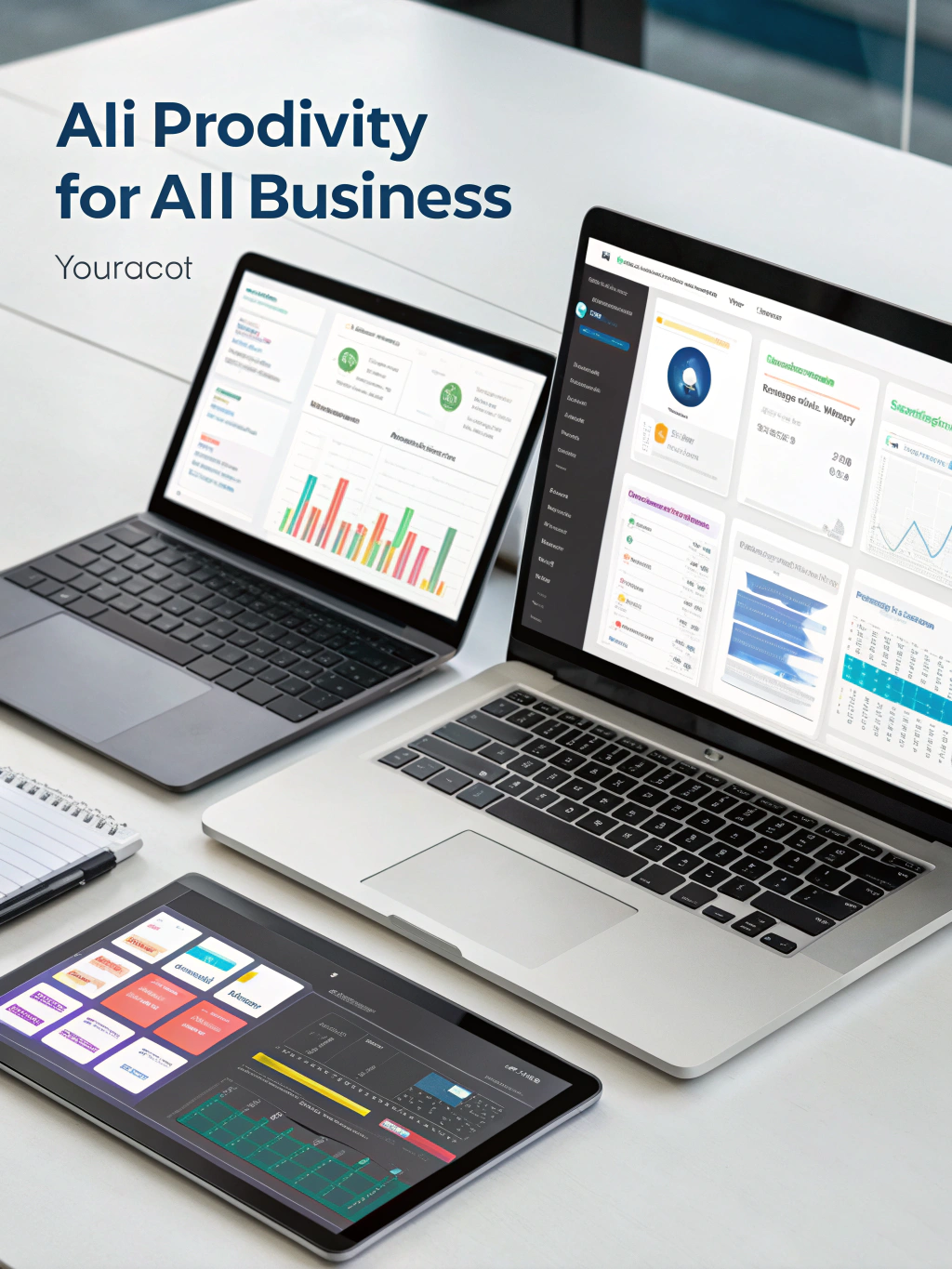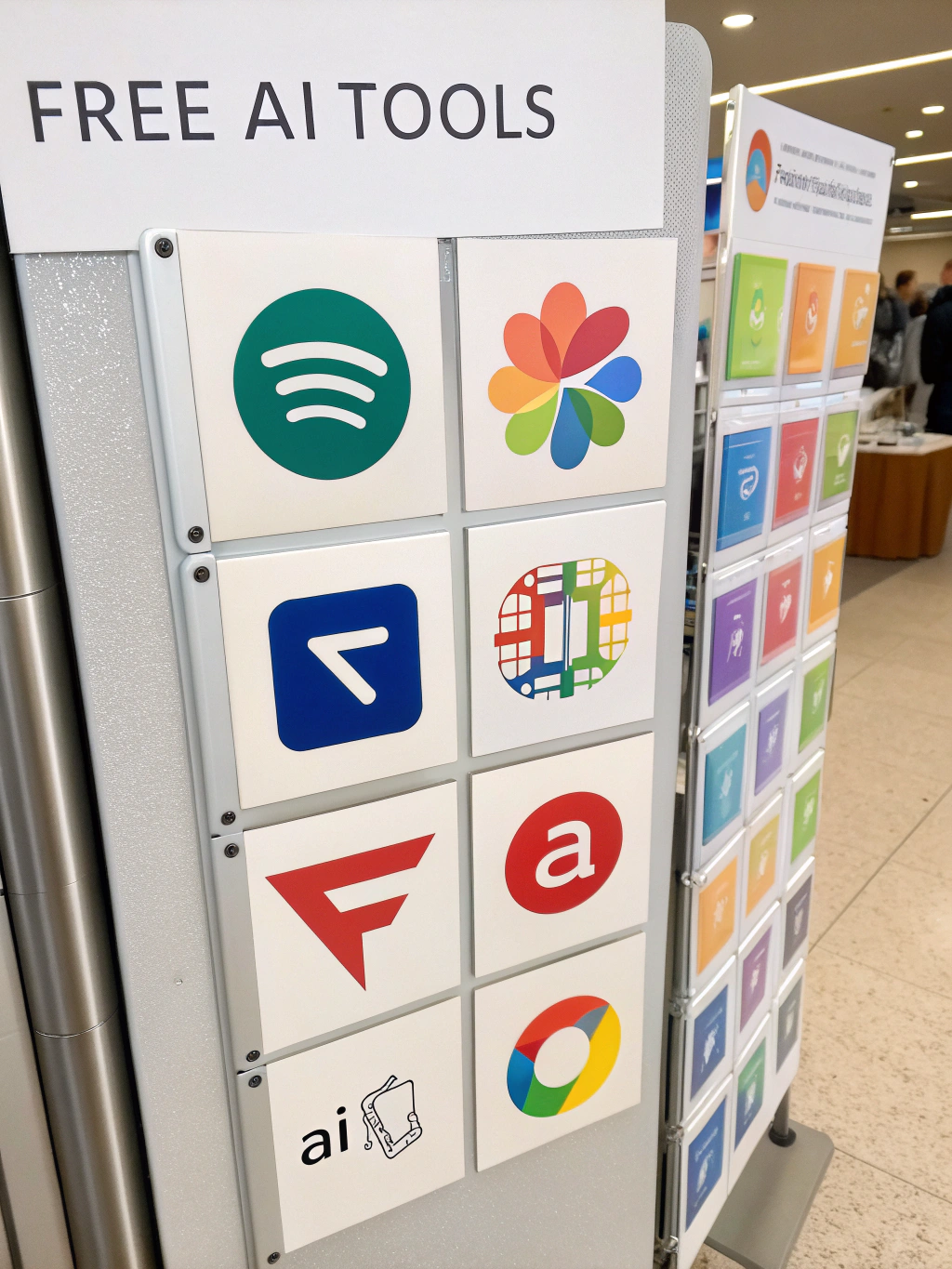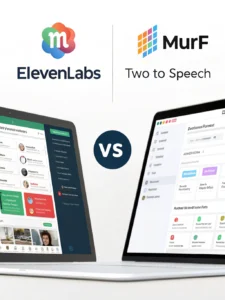7 AI Tools Slashing Operational Costs for Small Businesses

Is Your Business Falling Behind? The AI Productivity Tools Revolution is Here
AI Tools Are you feeling overwhelmed by the daily grind, struggling to keep up with the ever-increasing demands of your business? The good news is, you’re not alone. Many businesses are facing similar challenges. But what if there was a way to significantly boost efficiency, unlock hidden potential, and achieve more with less? The answer lies in embracing the power of AI Productivity Tools. This transformative technology isn’t a futuristic fantasy; it’s a present-day reality reshaping how businesses operate. Let’s dive deep into how these tools can revolutionize your workflow and drive growth.
Key Concepts & Trends

The current landscape of AI Productivity Tools is dynamic and rapidly evolving. We’re witnessing a surge in sophisticated applications, moving beyond basic automation to encompass complex problem-solving and creative assistance. Key trends include:
- Generative AI: This is arguably the hottest trend, with tools like ChatGPT, Bard, and others capable of generating text, code, images, and more. This has profound implications for content creation, customer service, and even product development. For instance, marketing teams can use generative AI to draft compelling ad copy, while developers can speed up coding processes.
- Intelligent Automation: Not just simple task automation, but AI-powered systems that can learn, adapt, and make decisions without constant human intervention. Robotic Process Automation (RPA) infused with AI is becoming increasingly prevalent, streamlining repetitive tasks in finance, HR, and operations.
- Hyperautomation: This takes intelligent automation to the next level, combining various technologies – AI, RPA, machine learning, and low-code/no-code platforms – to automate end-to-end processes across the organization.
- No-Code/Low-Code AI: Democratizing access to AI, these platforms allow users with minimal coding experience to build and deploy AI-powered applications. This opens up opportunities for citizen developers and empowers businesses to quickly address specific needs.
- AI-Powered Analytics: Businesses are leveraging AI to analyze vast datasets, glean actionable insights, and make data-driven decisions. This can range from predictive analytics for sales forecasting to sentiment analysis for customer feedback.
Data & Market Insights
The automation software cost savings offered by AI are substantial. According to a recent report by McKinsey, AI has the potential to add $13 trillion to the global economy by 2030. A significant portion of this growth will be driven by productivity gains.
Consider this: a study by Gartner predicts that AI-powered automation will displace 10-15% of jobs by 2025, but simultaneously create new jobs in areas like AI development, data science, and AI maintenance. This highlights the need for reskilling and upskilling initiatives.
A case study by UiPath, a leading RPA provider, shows that their clients have achieved an average of 30-50% reduction in operational costs through automation. This translates directly to increased profitability and a competitive edge. The market for AI in business is booming, with projected growth rates exceeding 35% annually in the coming years. This indicates a strong and sustained demand for AI Productivity Tools.
Smarter Strategies & Alternatives
Implementing AI Productivity Tools effectively requires a strategic approach. Here are some key considerations:
- Start Small & Focus: Don’t try to automate everything at once. Identify high-impact, low-hanging fruit – repetitive tasks that consume significant time and resources.
- Data is King: AI algorithms thrive on data. Ensure your data is clean, accurate, and readily accessible.
- Choose the Right Tools: There’s a plethora of AI tools available. Research and select solutions that align with your specific business needs and technical capabilities.
- Invest in Training: Empower your team to utilize these tools effectively. Provide training and ongoing support.
- Consider Low-Code/No-Code Platforms: For businesses without extensive development resources, these platforms offer a faster and more accessible route to AI implementation.
- Explore Open-Source Options: Don’t overlook the power of open-source AI frameworks like TensorFlow and PyTorch. They offer flexibility and customization options.
Use Cases & Applications
The applications of AI Productivity Tools are vast and varied:
- Customer Service: AI-powered chatbots can handle routine inquiries, freeing up human agents for complex issues.
- Marketing: AI can personalize marketing campaigns, automate social media posting, and generate content.
- Sales: AI can predict customer behavior, identify leads, and automate follow-up emails.
- HR: AI can screen resumes, automate onboarding processes, and provide employee support.
- Finance: AI can automate invoice processing, detect fraud, and provide financial forecasting.
- Content Creation: AI is already changing how content is created, from writing blog posts and scripts to generating image and video assets.
Common Mistakes to Avoid
- Lack of Clear Objectives: Failing to define what you want to achieve with AI can lead to wasted resources.
- Ignoring Data Quality: Poor data will result in inaccurate and unreliable AI outputs.
- Overestimating AI Capabilities: AI is a powerful tool, but it’s not a magic bullet. Be realistic about what it can achieve.
- Insufficient Change Management: Implementing AI requires organizational change. Address potential resistance and ensure a smooth transition.
- Neglecting Security: AI systems can be vulnerable to cyberattacks. Prioritize security measures.
Maintenance, Security & Long-Term Planning
Maintaining AI systems requires ongoing monitoring, updates, and security checks. Adhere to best practices for cybersecurity to protect against data breaches and cyber threats. Regular updates are crucial to leverage the latest features and security patches. Develop a long-term AI strategy that aligns with your business goals.
Summary & Key Takeaways
AI Productivity Tools are no longer a futuristic concept – they’re a vital component of modern business success. By embracing these technologies, businesses can achieve significant gains in efficiency, productivity, and profitability. The key to success lies in starting small, focusing on high-impact areas, ensuring data quality, and investing in employee training. With careful planning and execution, you can unlock the full potential of AI and gain a competitive edge.
FAQs
Is it too late to invest in AI Productivity Tools?
Absolutely not! The benefits of AI are increasingly clear, and the technology is becoming more accessible. Now is an excellent time to explore and implement AI solutions.
How can small businesses use AI?
Small businesses can start with simple AI applications like chatbots for customer service, AI-powered email marketing tools, or data analytics platforms to gain insights into their customers. Many affordable and user-friendly AI tools are specifically designed for small businesses.
What tech stacks scale best with AI?
Scalable tech stacks for AI integration often include cloud platforms like AWS, Azure, and Google Cloud, along with data processing tools like Apache Spark and machine learning frameworks like TensorFlow and PyTorch.
Ready to explore the possibilities of AI?
Link to a relevant related article on blogtechi.com about AI tools for small businesses
Share your experiences with AI Productivity Tools in the comments below!
Share this content:














Post Comment